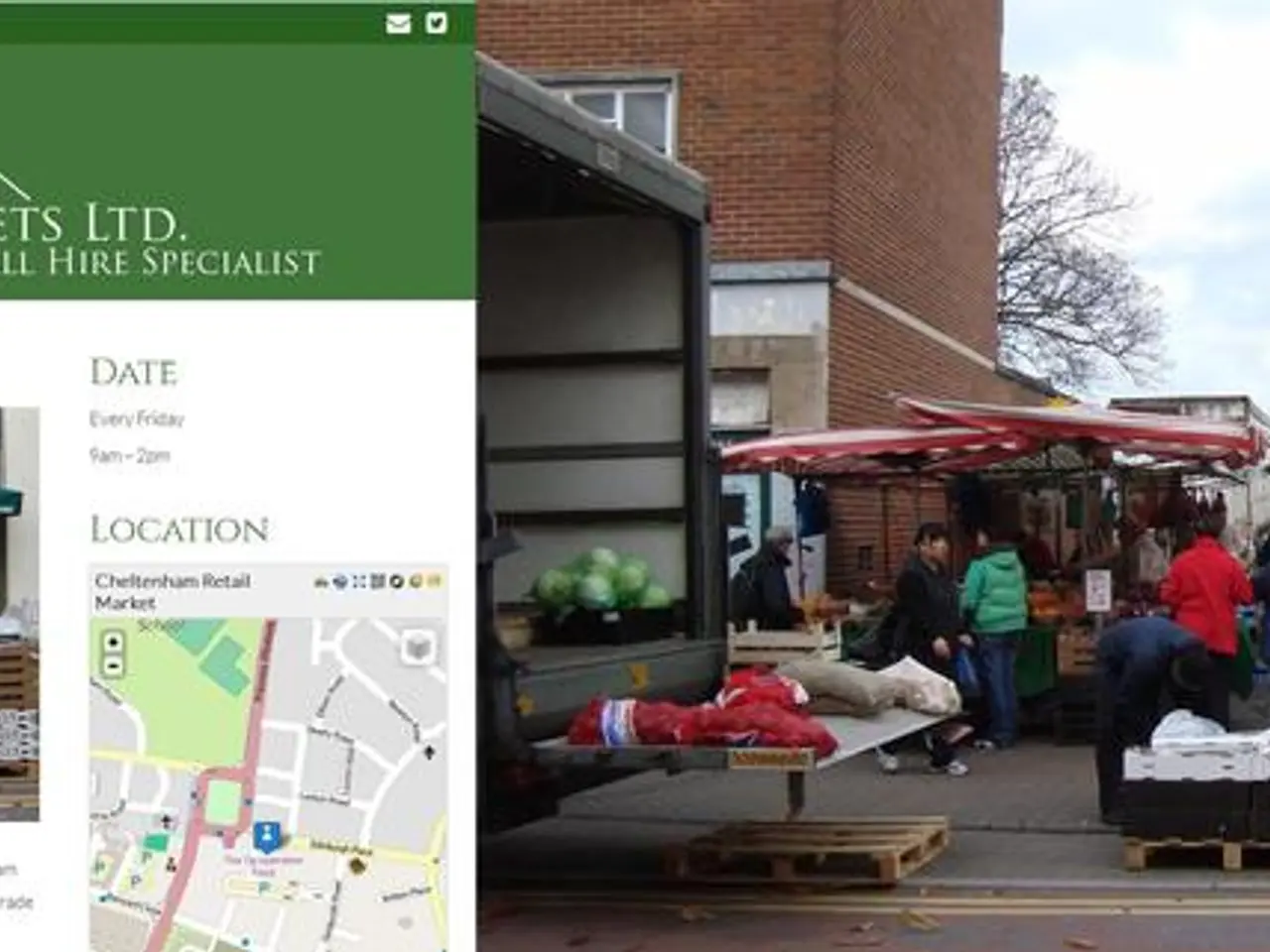Third-party funding aims to accelerate Enphase Energy's economic growth
The upcoming expiration of the 25D federal tax credit for residential solar systems is set to bring significant changes to the U.S. solar industry. This tax credit, which currently offers a 30% credit for homeowners who purchase solar systems outright, will no longer be available for systems installed after December 31, 2025.
This development is expected to lead to a contraction in the residential solar market, with predictions suggesting a decline of between 20% and 30% in installations from 2025 to 2026 [2][4].
Adapting to the Shift
Companies like Enphase Energy are proactively responding to this industry transformation by focusing on several strategies:
Shift to Third-Party Ownership Models
Enphase expects the market to move towards leasing arrangements and power purchase agreements (PPAs), where third-party companies own the equipment and customers pay for energy usage or lease fees [2][4].
Boosting Battery Attachment Rates
Since the 25D credit includes solar and battery systems, and other tax incentives supporting batteries extend longer, Enphase is pushing for higher battery adoption alongside solar to maintain sales momentum [2][4].
Cost Reduction and Digital Platform Enhancements
Enphase is investing in technology to streamline installations, reduce customer acquisition costs, and better support third-party ownership through enhanced digital platforms [2][4].
Adapting to Market Contraction
While anticipating a market slowdown, Enphase is positioning itself to lead the transition by innovating financing structures that capture remaining tax credits effectively and support resilience in the evolving U.S. energy market [4].
Preparing for the Future
In addition, Enphase plans to integrate "non-China" cells into battery packs by early next year to avoid potential tariffs on Chinese-made battery materials [5]. Third-party financed systems have until the middle of 2026 to make "safe harbor" equipment purchases [6].
Solar and storage resellers must quickly adopt third-party financing models to survive a sharp contraction in the residential distributed energy market next year [7]. Enphase Energy is expanding third-party ownership partner integrations on its Solargraf digital platform [8].
The Solargraf platform enhancements include custom rate structures and improved dealership management features [9]. Enphase began shipping its fourth-generation Enphase Energy System last quarter, which is 30% more energy-dense and occupies 62% less wall space [10].
These enhancements could help third-party businesses generate leads and close deals, potentially reducing customer acquisition costs by $1/watt [2][4].
Sources:
- Utility Dive
- Greentech Media
- Energy News Network
- Solar Power World
- PV Magazine
- Utility Dive
- Utility Dive
- Greentech Media
- Greentech Media
- Energy News Network
- In response to the changes in the U.S. solar industry and the expected market contraction due to the expiration of the 25D federal tax credit, companies like Enphase Energy are adopting strategies such as shifting to third-party ownership models, boosting battery attachment rates, and reducing costs through technology and digital platform enhancements.
- To further prepare for the future, Enphase Energy is anticipated to integrate non-China cells into battery packs, expand third-party ownership partner integrations on its Solargraf digital platform, and ship its fourth-generation Enphase Energy System, which is more energy-dense and occupies less wall space, all aimed at reducing customer acquisition costs and improving competitiveness in the evolving energy market.




